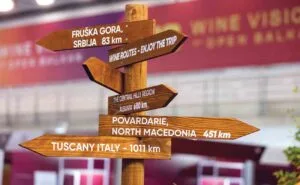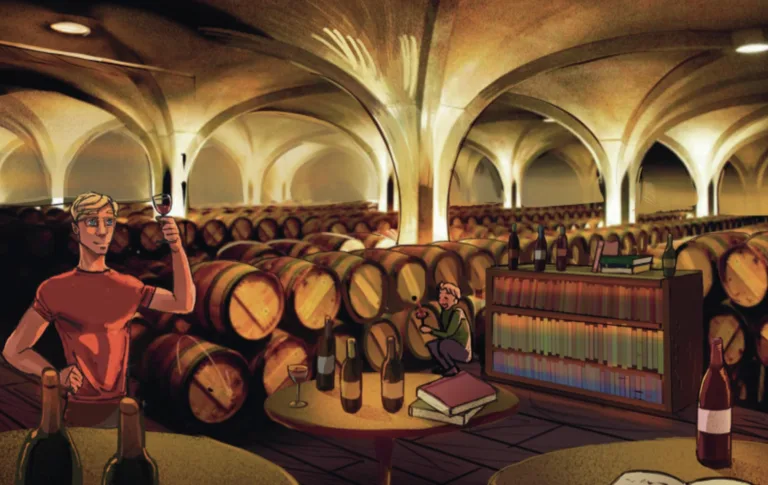Balkan winemaking at a glanceAlbania
Albania is the Balkans’ rough but stunning diamond: a growing winemaking sector blending the modern with the charmingly rustic. Roughly 8,000ha of vineyards are planted here, producing almost 3 million litres of wine, 65% of it bottled. Most Albanian wine is consumed domestically; just 20% currently goes abroad.
This is sure to rise, however, with more wineries growing or starting from scratch – some switching from production of raki (similar to grappa) to wines instead. As the wine scene modernises, Italian influence is key: many Albanian winemakers have worked across the Adriatic, and Italian consultants now oversee some of Albania’s vineyards and cellars.
But this has not meant sacrificing tradition: for example, unique wines are still made from old Pulës and Ceruja vines growing up oak and mulberry trees, whose grapes are harvested from among the branches.

The most prominent wine regions of the Balkans. Map credit: Vukašin Marković
North Macedonia
Although small and landlocked, North Macedonia is impressively outward-looking, with nearly 85% of its annual production exported – to other Balkan countries, the UK, the USA and elsewhere in Europe.
The vast majority of the country’s vineyards are in its central Povardarie region – once mainly a bulk producer, now a major source of quality wines. Povardarie’s oak-aged expressions of flagship grape Vranec, whether alone or blended with, for example, Kratošija or Cabernet Sauvignon, are some of the Balkans’ biggest and






